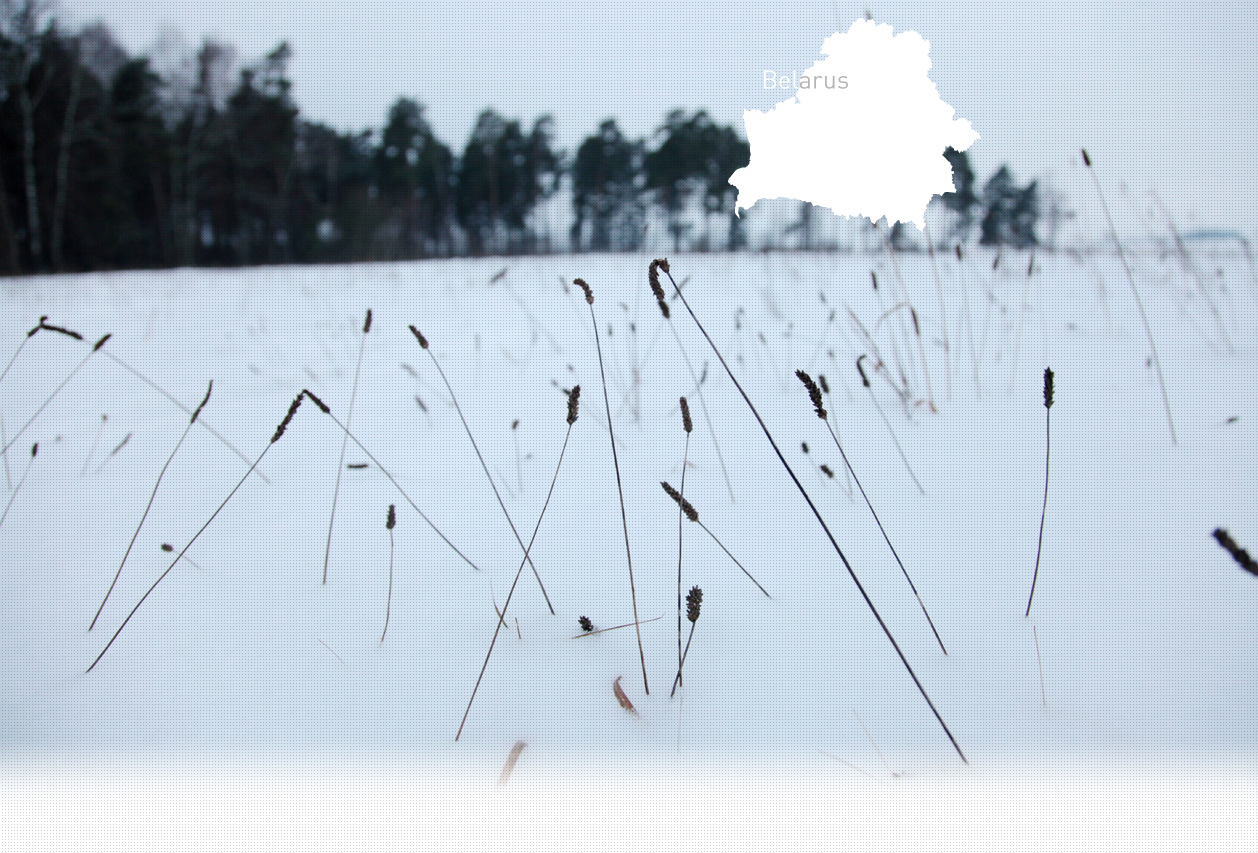

2 Killing site(s)
Stanislav B., born in 1931: “When the Jews were confined in the ghetto, some people looted their property, but the Germans were strict with the looters. A Jewish friend, Yovna, left behind clothes of a higher quality, suits and a sewing machine to give to my father. Yovna also asked my father to lend him a cart to bring his belongings to the ghetto. The Jew brought some wooden planks to say thank you and put them in my father’s courtyard. A German soldier wanted to kill my father for helping Jews and told him to dig a pit, but a senior German officer arrived and stopped it”. (Testimony n°911, interviewed in Dolginovo, on May 23, 2016)
“On April 12, 1942, 300 Gestapo soldiers arrived in Dolginovo from Vileyka. They surrounded the town, rounded up the entire Jewish population and escorted them to the factory in Dolginovo. There, they were locked up in a big barn. A German officer fired at them with a gun, but when he got tired of shooting, he gave the order to burn alive all the remaining Jews in the barn. 900 people were killed”. [Act drawn by the State Extraordinary Commission; RG 22.002M. Fond 7021 Opis 83, Delo 7]
“The first Aktion: April 1, 1942 : 800 Jews shot.
2nd Aktion: April 27-29, 1942: 1,200 Jews shot.
3rd Aktion: June 1, 1942: 300 Jews shot.
About 200 Jews escaped in the forests and joined the partisans”. [Excerpt of the testimony of a Jewish survivor. B162-1295 p.34]
Dolginovo is located about 100km north of Minsk. The first records recording the Jewish community date back to 16th century. In 1847 there were 1,194 Jews in the town. In fifty years the Jewish population grew and became larger than the non-Jewish population. Thus, in 1897 almost 1900 out of 3,551 were Jews. In 1865 there were 4 synagogues in the town. Due to the pogrom carried out in July of 1919, and poor a economic situation, many Jews emigrated or left Dolginovo for bigger towns. In 1921 there were only 1,747 Jews living in the town. The majority of Jews lived off of small and wholesale trade of fruits and grain. Many Jews were skilled workers, such as tailors, shoemakers, doctors etc. Jewish children went to the Hebrew Tarbut school, but there were also those who attended the same school as Poles and Belorussians. During the 1920s a Zionist movement was organized, but it was outlawed under Soviet rule. On the eve of the war there were about 3, 000 Jews in Dolginovo. The Germans occupied the town in late June 1941. Less than 5% of Jews managed to flee before their arrival.
From the very beginning of the occupation, all Jews were marked with a yellow Star of David on their chests and backs. The houses were marked with a word “Juden” written with black paint. All contact with non-Jews was forbidden. All Jews fit to work were forced to perform forced labor.
Soon after the Germans’ arrival, 5 Jews accused of being Soviet spies were arrested and shot outside of the town.
According to the local witness, before being forced to move into the ghetto, the local Jews lived in their houses for quite a short time. Some of them were killed in their homes if they refused to move. The ghetto was created soon after on the modern day Krasnoarmeyskaya street. It was surrounded by a fence with barbed wire on top. The synagogue was inside the ghetto. All Jews were forbidden from leaving the territory. The local villagers brought food to exchange with the prisoners.
The first shooting was carried out on March 30, 1942, around midday, and lasted one to two hours. We were told by local residents that before the shooting, residents were told to stay at home. The announcement was made with a loudspeaker from a car that passed down the street. All the Jews were first gathered at the central square, and after a selection, skilled workers were freed and about 1,000 Jews were taken in the direction of the Minsk, to the factory which belonged to Lemlin. Once there, they were forced to undress and shot. Their bodies were thrown into the barn which was then set on fire. According to the witness, after this mass execution, there were a couple of Jews who stayed in hiding but were later found. They were shot on the spot and their bodies were transported by requisitioned locals to the cemetery where they were buried.
The second mass execution was carried out in the last few days of April, when more than 1,000 Jews were escorted out of town to the east in a column and shot. They were shot inside a wooden barn which was set on fire afterwards. Their remains were buried at the Jewish cemetery.
A final Aktion against the Jews of Dolginovo was carried out on May 21, 1942, during which the remaining skilled workers were killed. Only 200 Jews from the town survived the Holocaust.
Do you have additional information regarding a village that you would like to share with Yahad ?
Please contact us at contact@yahadinunum.org
or by calling Yahad – In Unum at +33 (0) 1 53 20 13 17